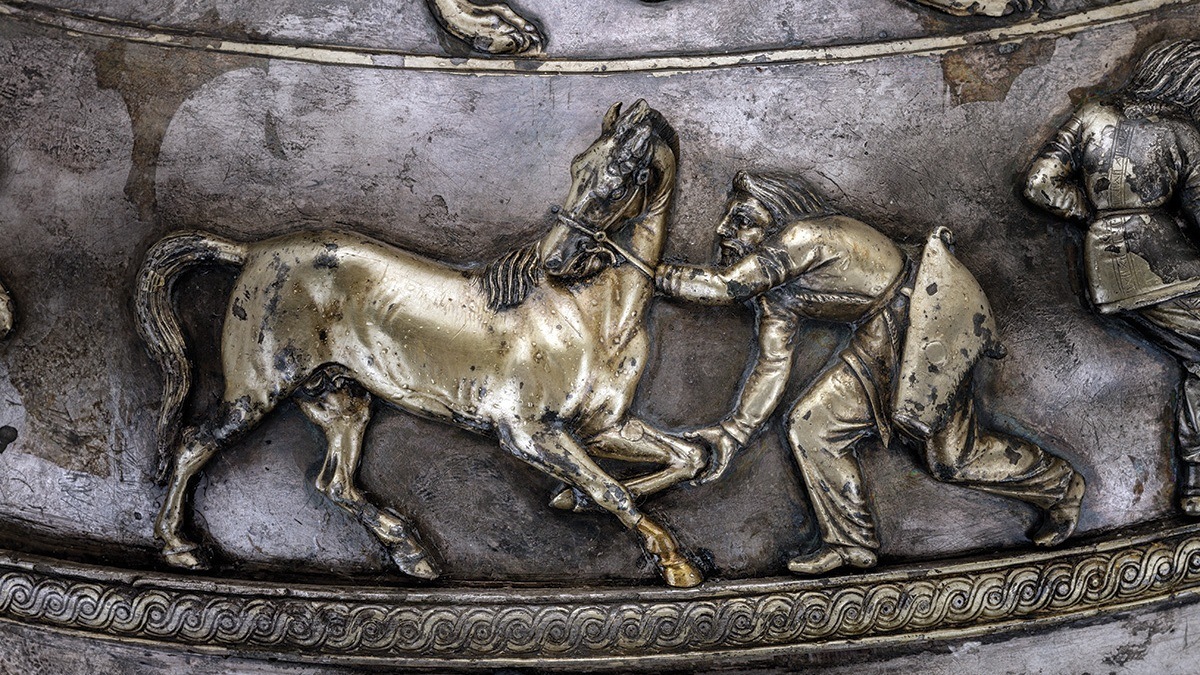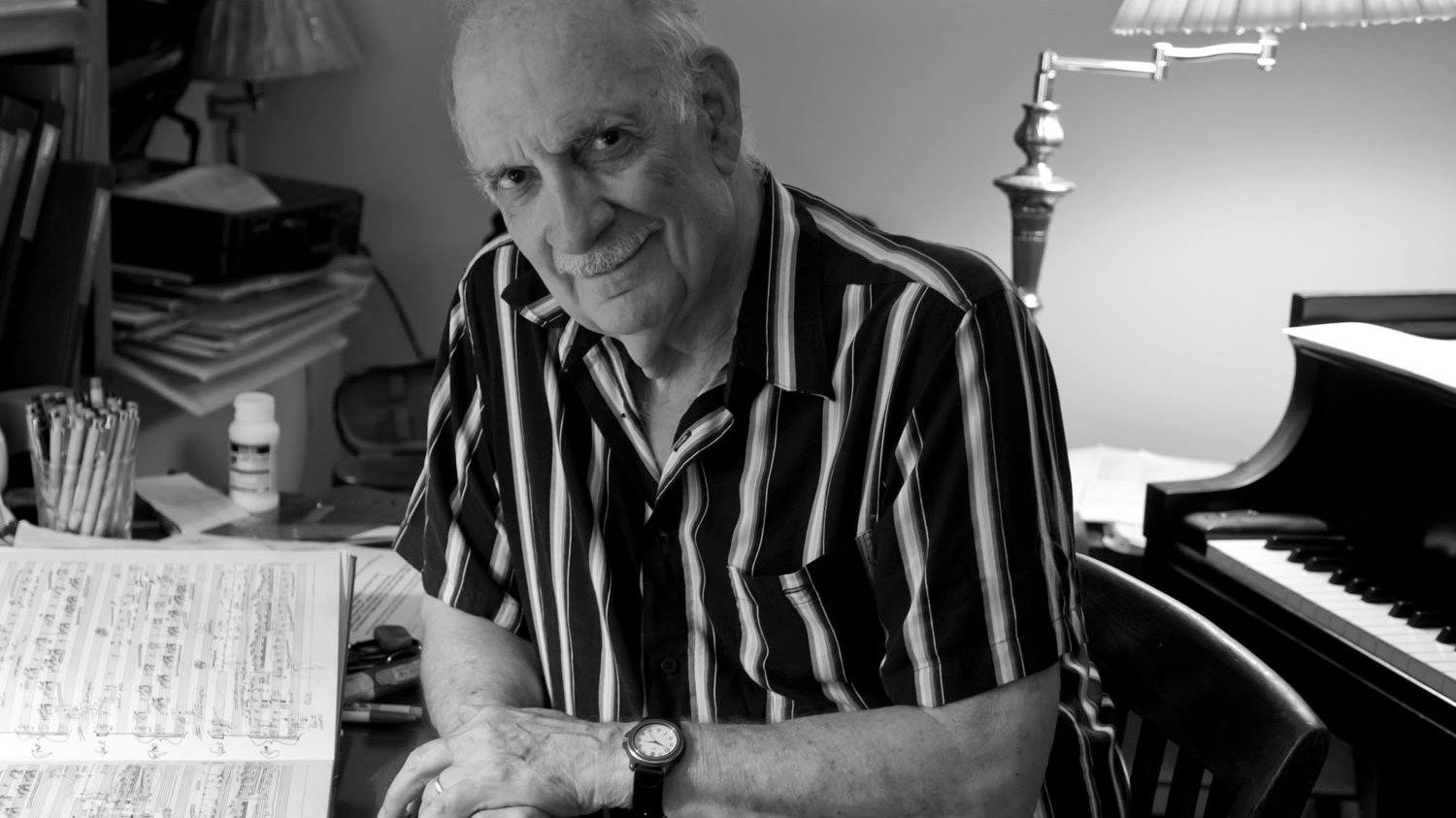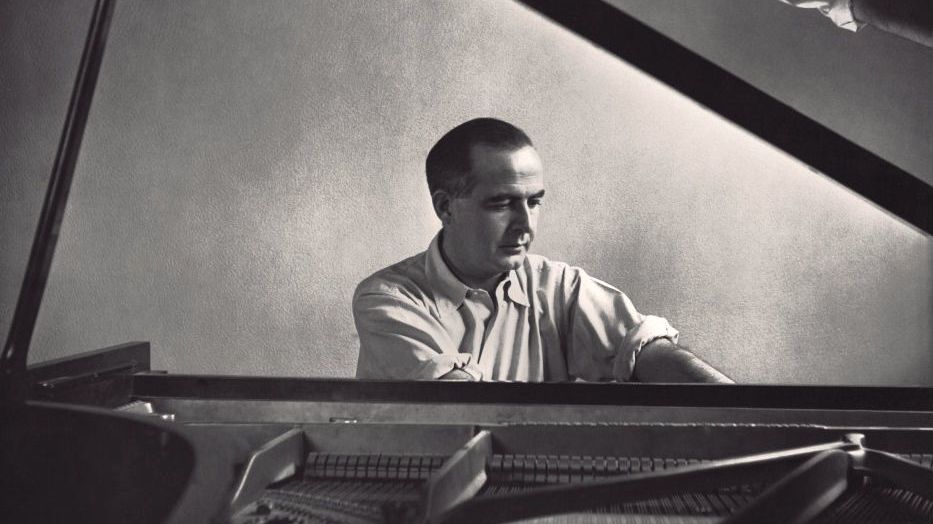William Schuman’s Third Symphony: An American Monument
The ten years between 1935 and 1945 produced a handful of contenders for the title of “great American symphony.” The list includes Samuel Barber’s epic 1936 Symphony in One Movement, the third symphonies of Roy Harris and Aaron Copland, and David Diamond’s Second Symphony, as well as symphonies by Howard Hanson and Walter Piston, among others. Many of these commissions were initiated by Serge Koussevitzky, the influential music director of the Boston Symphony Orchestra, …







